I received an interesting email from my good buddy Rob a couple of nights ago. Rob is an interesting guy…I rode with him on the 5000-mile Western America Adventure Ride described in 5000 Miles at 8000 RPM, and then again on one of the Baja trips.


Here’s Rob’s note to me, along with some very interesting photos…
Hi Joe,
Hope your living life to the fullest. I really enjoy you and Gresh’s ExhaustNotes and keeping up with you.
Anyways its very cold up here and to kill time I’ve been looking at Ball and Cap pistols and wondered if you had any experience shooting, loading, etc. with them? Any further plans on an east coast RX3 trip or Alaska?
If your ever up here in the Pacific Northwest area , give me a shout. Maybe I can meet up with you somewhere.
Not sure this year where all my bikes will take me. My favorite rally in Hells Canyon is done and over with and she’s looking for another venue place to host it. I may try and get to the beater bike rally in Hood River. I’m working on a Kawasaki KZ440 that I took the motor out of and put in a Harbor Freight 212cc lawn mower motor in it with a cheap torque converter so its an centrifugal clutch auto like a big mini bike. If I can get it to go fast enough (45-55mph) I may try and ride down to rally from Walla Walla.
Hope all is well with you and yours Joe.
Take care,
Rob
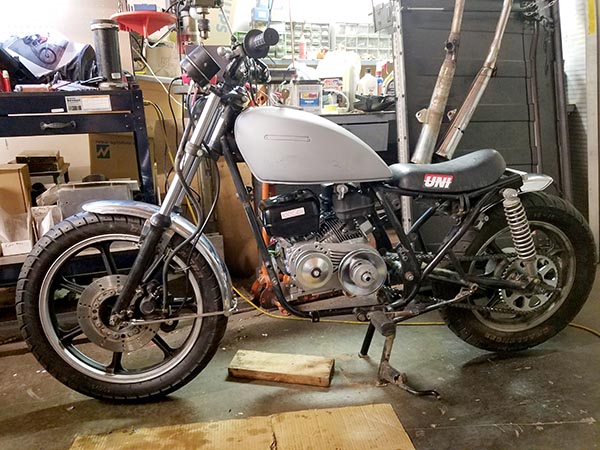

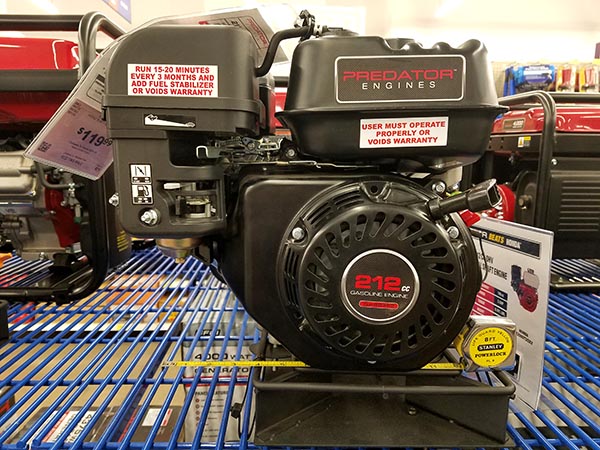
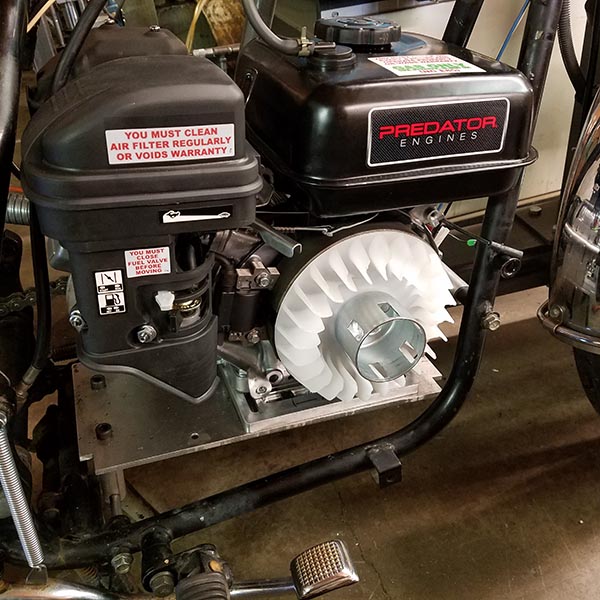
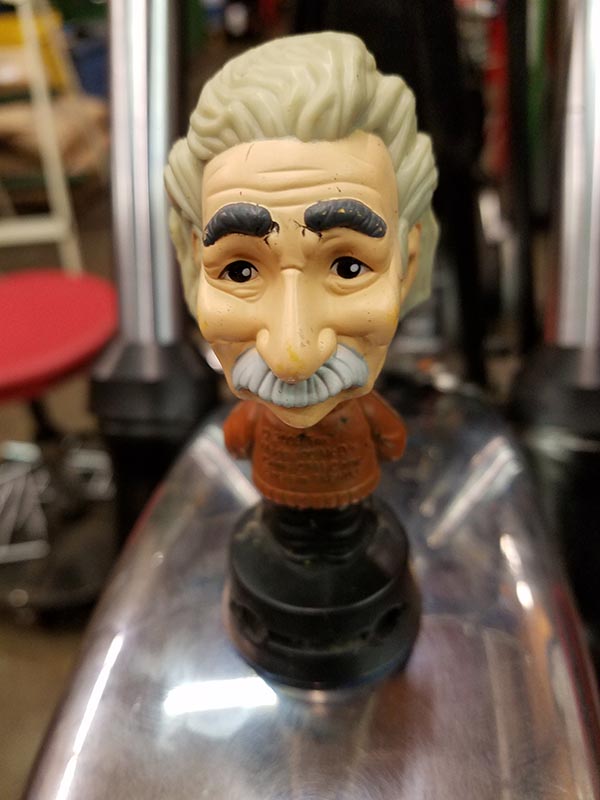
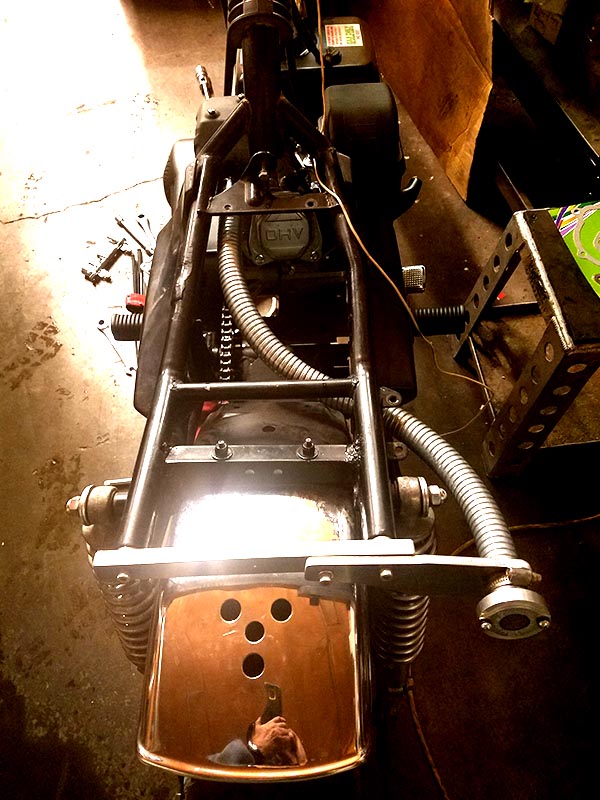
Rob, your project bike is fascinating. Please keep us posted on how it progresses. The centrifugal clutch concept on a full-figured motorcycle is interesting. Mustang (i.e., the original California-manufactured Mustang of the 1950s) offered a centrifugal clutch bike in the 1950s they named after their original offering (the Colt), and the one I saw owned by Al Simmons and later Steve Seidner was a real beauty.

Mustang’s intent was not to offer a bike with an “automatic” transmission; what they were really after was a value-engineered version of the Mustang. It had the standard Mustang 322cc flathead engine, but a centrifugal clutch replaced the Berman transmission and the bike had Earles-type forks instead of the Mustang’s telescopic forks. The factory workers didn’t like it and there was some talk of efforts to sabotage the ones leaving the plant. The one I saw was beautiful. It flopped in the market, which was unfortunate. When I worked at CSC, we’d routinely get calls from folks asking if we had any bikes that had an automatic transmission. The answer, of course, was no. But I think this sort of thing could work on a small displacement bike for folks who don’t know how to (or don’t want to) shift. I know you do and I know you are doing this just to have fun. But I think you are on to something here.
To answer your other questions….I have zero experience with black powder guns, other than to watch my good buddy Paul build custom black powder rifles and play with them. I once bought a Uberti .44 Model 1858 sixgun and it looked to be very well built, but a friend of mine wanted one and I sold it to him without ever having fired it.
I don’t have any east coast RX3 or other plans at this time. I’m too busy planning for the next Baja trip, I guess.
The beater rally you mention sounds pretty cool, and I love the Hood River area of the Columbia River Gorge. That sounds like it might be fun!

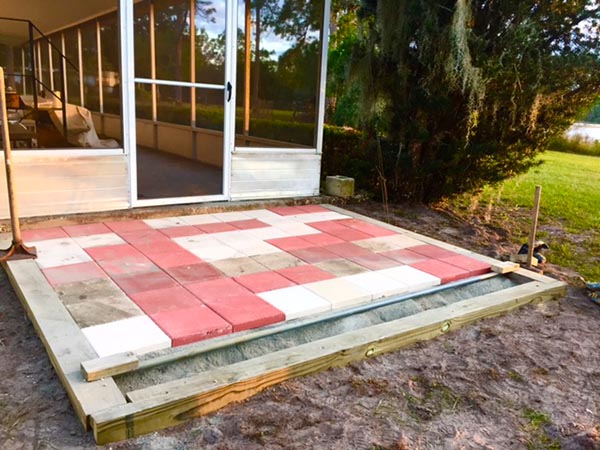 Zed’s forward progress has come to a temporary halt. Not due to any complications on the Kawasaki’s part, although the project has exceeded my initial estimate by double and I’m not done yet. No, Pitiful Man has to strike a balance between work and play. He must strive to appease the gods and their fickle ways while angering none. It’s a fine line we walk and sometimes we have to dance atop a vibrating string.
Zed’s forward progress has come to a temporary halt. Not due to any complications on the Kawasaki’s part, although the project has exceeded my initial estimate by double and I’m not done yet. No, Pitiful Man has to strike a balance between work and play. He must strive to appease the gods and their fickle ways while angering none. It’s a fine line we walk and sometimes we have to dance atop a vibrating string.
 Those faithful Zed’s Not Dead readers that have not deserted me will recall Part One where I describe Zed’s crooked path back and home. After we bought Tinfiny Ranch I discovered a trove of paperwork from Zed’s previous owner. Several motorcycle magazines from the era featuring Zed were in a box along with a possible explanation for the Zed’s wiring issues described elsewhere in this series.
Those faithful Zed’s Not Dead readers that have not deserted me will recall Part One where I describe Zed’s crooked path back and home. After we bought Tinfiny Ranch I discovered a trove of paperwork from Zed’s previous owner. Several motorcycle magazines from the era featuring Zed were in a box along with a possible explanation for the Zed’s wiring issues described elsewhere in this series. This letter dated August 3rd 1994 from Ken Rogers representing Dyna III ignitions (I’m guessing not the singer) explains to the previous owner how they have thoroughly tested the electronic ignition he sent back and have proclaimed it fit as a fiddle. Zed’s burned-up wiring harness may have been due to a faulty Dyna ignition installation. This would also account for the wiring to the coils being cut as those short bits were spliced into the Dyna module. I never found any of the Dyna stuff in my initial clean up but I haven’t gone through all the old guy’s junk.
This letter dated August 3rd 1994 from Ken Rogers representing Dyna III ignitions (I’m guessing not the singer) explains to the previous owner how they have thoroughly tested the electronic ignition he sent back and have proclaimed it fit as a fiddle. Zed’s burned-up wiring harness may have been due to a faulty Dyna ignition installation. This would also account for the wiring to the coils being cut as those short bits were spliced into the Dyna module. I never found any of the Dyna stuff in my initial clean up but I haven’t gone through all the old guy’s junk.
 Along with the Dyna stuff there was a lot of Yoshimura brochures and price lists. After seeing the damage to the wiring harness on Zed I’m torn between hoping my bike has some nice performance parts installed and fearing that my bike has some nice performance parts installed. I should be able to measure the cams to see if they have additional lift but I’m not sure how to check displacement without winning an AMA national road race. I suspect the Yoshi stuff was bench dreaming because the bike runs too well to be hot rodded.
Along with the Dyna stuff there was a lot of Yoshimura brochures and price lists. After seeing the damage to the wiring harness on Zed I’m torn between hoping my bike has some nice performance parts installed and fearing that my bike has some nice performance parts installed. I should be able to measure the cams to see if they have additional lift but I’m not sure how to check displacement without winning an AMA national road race. I suspect the Yoshi stuff was bench dreaming because the bike runs too well to be hot rodded. Finally here’s a nice photo from Dale-Starr of David Aldana winning the Daytona superbike race with a half-lap lead over the guy in second place. Apparently this caused protests that required Aldana’s bike to be disassembled twice! The bike was found legal and Aldana’s win stood. I met Aldana at Barberville one year. I was so excited to meet him I started doing the “We’re not worthy!” Wayne’s World bowing thing and Aldena told me to knock it off.
Finally here’s a nice photo from Dale-Starr of David Aldana winning the Daytona superbike race with a half-lap lead over the guy in second place. Apparently this caused protests that required Aldana’s bike to be disassembled twice! The bike was found legal and Aldana’s win stood. I met Aldana at Barberville one year. I was so excited to meet him I started doing the “We’re not worthy!” Wayne’s World bowing thing and Aldena told me to knock it off.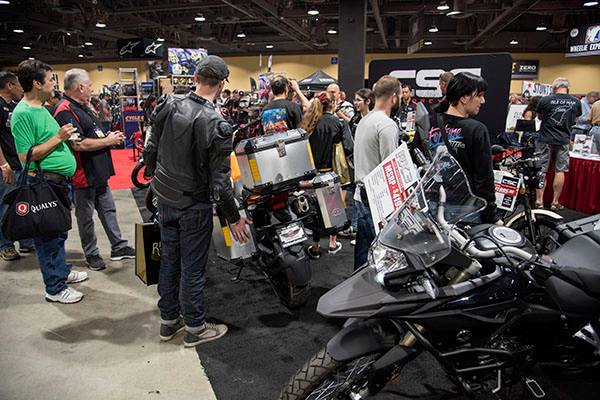
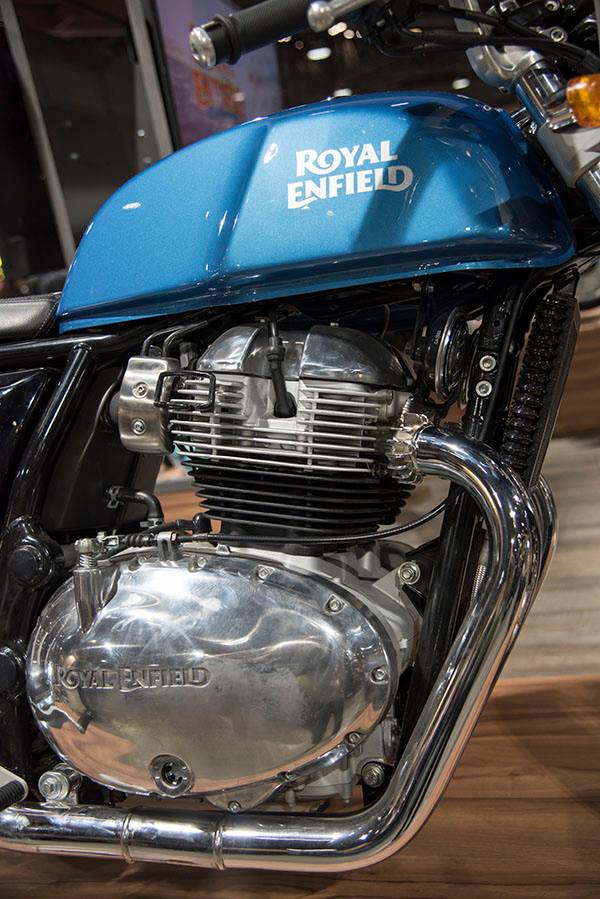
 Progress has slowed on Zed. I really wanted to start the beast up. The problem is I haven’t figured out the ignition advancer issue yet. My E-buddy Skip sent me two of the things but neither one will work on the 1975 Z1 crankshaft end. I feel bad that Skip is trying to do me a favor and that the poor guy has to keep digging around in his parts stash. It goes to show you: no good deed goes unpunished. I am going to suck it up and buy a new, $159 advancer from
Progress has slowed on Zed. I really wanted to start the beast up. The problem is I haven’t figured out the ignition advancer issue yet. My E-buddy Skip sent me two of the things but neither one will work on the 1975 Z1 crankshaft end. I feel bad that Skip is trying to do me a favor and that the poor guy has to keep digging around in his parts stash. It goes to show you: no good deed goes unpunished. I am going to suck it up and buy a new, $159 advancer from 
 Meanwhile, I’m not ignoring the rest of the bike. Let’s face it, even if the engine is shot I have to get this bike running. The front forks were leaking and contained about 3 ounces of oil between both fork legs. This is down a bit from the 5.7 ounces per leg suggested in my shop manual. I know I said this was not going to be a show bike restoration but I couldn’t bear a future staring at this gouged fork cap bolt so I sanded the thing smooth and gave it a lick of polish. Of course this means that I have to do the other side also.
Meanwhile, I’m not ignoring the rest of the bike. Let’s face it, even if the engine is shot I have to get this bike running. The front forks were leaking and contained about 3 ounces of oil between both fork legs. This is down a bit from the 5.7 ounces per leg suggested in my shop manual. I know I said this was not going to be a show bike restoration but I couldn’t bear a future staring at this gouged fork cap bolt so I sanded the thing smooth and gave it a lick of polish. Of course this means that I have to do the other side also. The internals of the forks were covered in sticky black goo, which required a ton of solvent and liberal doses of carb cleaner to cut loose. Then came rags stuffed down the tubes and pushed back and forth using a drill bit extension. The sliders came polished from the factory and since they were preserved under a coat of oil it took no time at all to spiff them up without crossing over to the dreaded Show Bike threshold.
The internals of the forks were covered in sticky black goo, which required a ton of solvent and liberal doses of carb cleaner to cut loose. Then came rags stuffed down the tubes and pushed back and forth using a drill bit extension. The sliders came polished from the factory and since they were preserved under a coat of oil it took no time at all to spiff them up without crossing over to the dreaded Show Bike threshold. All the fork parts look usable if not perfect. The upper section of the fork tubes that were covered by the headlight brackets is pretty rusty. I’ve polished it off a bit and will lube the rusty areas to prevent further rust. None of the rust will show on the assembled forks but I’ll have to deduct points when the bike is in the Pebble Beach show.
All the fork parts look usable if not perfect. The upper section of the fork tubes that were covered by the headlight brackets is pretty rusty. I’ve polished it off a bit and will lube the rusty areas to prevent further rust. None of the rust will show on the assembled forks but I’ll have to deduct points when the bike is in the Pebble Beach show. The fork sliders are held to the damping rod via this Allen-head bolt. There was a fiber washer to seal in the fork oil but I don’t have any fiber washers. I ended up grinding a copper washer to fit and I only have one of those. Looks like a trip to Harbor Freight is in order to buy their 5090 Copper Washer Warehouse kit.
The fork sliders are held to the damping rod via this Allen-head bolt. There was a fiber washer to seal in the fork oil but I don’t have any fiber washers. I ended up grinding a copper washer to fit and I only have one of those. Looks like a trip to Harbor Freight is in order to buy their 5090 Copper Washer Warehouse kit. The clutch actuator was in good shape but dirty and dry. Most of the ones I bought for my old Yamaha had the helix cracked. I suffered along with the cracked helix until Hunter found a new, re-pop part and sent it to me, asking if he could have some of the ones I’d stolen from him in exchange. I have no idea what the old man is on about. This Kawasaki part is much sturdier than the Yamaha part and crack free so that’s one point to Kawasaki in the red-hot clutch actuator wars.
The clutch actuator was in good shape but dirty and dry. Most of the ones I bought for my old Yamaha had the helix cracked. I suffered along with the cracked helix until Hunter found a new, re-pop part and sent it to me, asking if he could have some of the ones I’d stolen from him in exchange. I have no idea what the old man is on about. This Kawasaki part is much sturdier than the Yamaha part and crack free so that’s one point to Kawasaki in the red-hot clutch actuator wars. I’m placing another big order with
I’m placing another big order with 
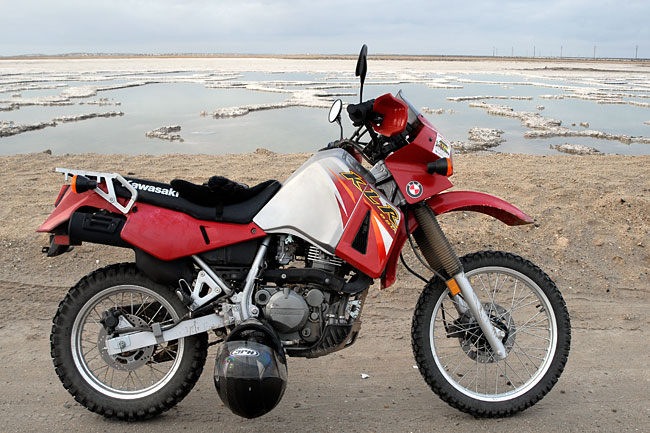
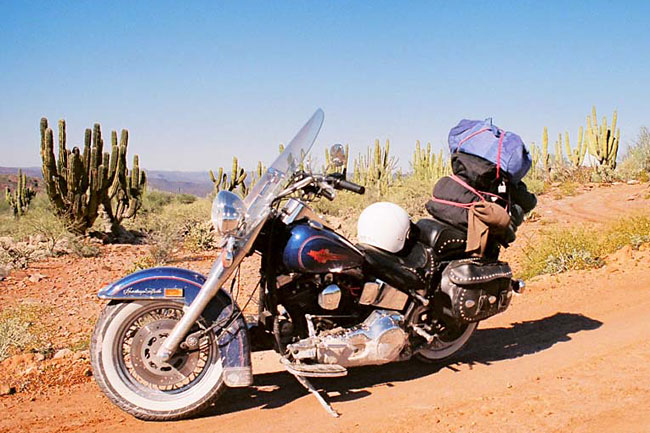


 For me, the only knock on the A7 is that it may be too well made. I’m at the stage in my life where I don’t need a reliable motorcycle. New bikes are darn near perfect and perfection is boring. I search for the ever-elusive soul ride: Motorcycles that drip. The best motorcycles are the ones that leave you stranded; they turn any ride into a grand adventure. Besides, quirky flaws and secret handshakes appeal to my need to be special.
For me, the only knock on the A7 is that it may be too well made. I’m at the stage in my life where I don’t need a reliable motorcycle. New bikes are darn near perfect and perfection is boring. I search for the ever-elusive soul ride: Motorcycles that drip. The best motorcycles are the ones that leave you stranded; they turn any ride into a grand adventure. Besides, quirky flaws and secret handshakes appeal to my need to be special.